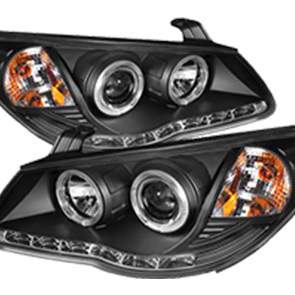hand brake cable
Understanding the Importance of Hand Brake Cable in Vehicles
The hand brake, also known as the parking brake or emergency brake, is a crucial component of any vehicle's braking system. Among its essential parts is the hand brake cable, which plays a significant role in the operation and safety of the vehicle. This article delves into the significance of the hand brake cable, its components, common issues, and maintenance tips.
What is a Hand Brake Cable?
The hand brake cable is a steel wire cable that connects the hand brake lever inside the vehicle to the rear brakes. When the driver pulls the hand brake lever, the cable transmits this force to the brake shoes or pads, which then engage the rear brakes. This action secures the vehicle in place when parked, preventing it from rolling away. The hand brake is especially vital on inclined surfaces or when parking on a hill, providing an additional layer of safety.
Construction and Design
A typical hand brake cable consists of several components, including a control cable, intermediate cables, and a brake end. The control cable runs from the hand brake lever to the rear brakes, while intermediate cables connect the control cable to the individual brake assemblies on each rear wheel. The outer casing is made of durable materials to protect the inner steel cable from wear and environmental factors, ensuring the cable remains functional over time.
Common Issues with Hand Brake Cables
Like any mechanical component, hand brake cables can encounter problems over time. Here are some common issues drivers may face
1. Rust and Corrosion Exposure to moisture, road salt, and dirt can lead to rust and corrosion of the cable and its components. This can impair its function and lead to a failure in securing the vehicle.
2. Fraying or Breakage Over time, the steel wire inside the cable can fray or break, leading to a loss of tension. If the cable breaks completely, the hand brake may become inoperable.
hand brake cable

3. Sticking or Binding If the cable is not properly lubricated or if dirt and debris accumulate, it may become stuck, leading to difficulty in engaging or releasing the hand brake.
4. Improper Adjustment Hand brake cables require proper adjustment to function effectively. If the cable is too loose or too tight, it can lead to inadequate braking performance or premature wear.
Maintenance Tips
To ensure the longevity and effectiveness of the hand brake cable, regular maintenance is essential. Here are some practical tips
1. Regular Inspections Periodically check the hand brake cable and its associated components for signs of wear, rust, or damage. Look for fraying, rust spots, or any other irregularities.
2. Keep It Clean Regularly clean the cable and its housing to remove dirt and debris that can lead to sticking or corrosion. A clean cable performs better and lasts longer.
3. Lubrication Apply a suitable lubricant to the cable to ensure smooth operation. This helps prevent sticking and reduces wear on the cable.
4. Professional Servicing If you notice any issues with your hand brake or if you're unsure about the cable's condition, it's wise to seek professional assistance. A qualified mechanic can provide a thorough inspection and necessary adjustments or replacements.
Conclusion
The hand brake cable is a vital component of a vehicle's braking system. Understanding its role, common issues, and maintenance needs can contribute to safer driving experiences. By taking care of the hand brake cable, drivers ensure their vehicle remains secure when parked and is ready for safe operation on the road. Regular inspections and proactive maintenance can prevent more significant issues down the line, keeping both the vehicle and its occupants safe.
-
Workings of Clutch Pipe and Hose SystemsNewsJun.04,2025
-
The Inner Workings of Hand Brake Cable SystemsNewsJun.04,2025
-
The Secrets of Throttle and Accelerator CablesNewsJun.04,2025
-
The Hidden Lifeline of Your Transmission Gear Shift CablesNewsJun.04,2025
-
Demystifying Gear Cables and Shift LinkagesNewsJun.04,2025
-
Decoding Clutch Line Systems A Comprehensive GuideNewsJun.04,2025
